[How and Why] Outsource Your Mobile App Development?
Published: August 22, 2024
15 min read
In this article, you'll learn:
1
😀 Benefits of Mobile App Development Outsourcing
2
📑 Outsource App Development Options
3
📋 Step-by-Step Guide on Outsourcing Mobile App Development
4
💡 Takeaways
Development outsourcing is one the most popular options among companies due to an increasing shortage of in-house IT talents — according to McKinsey’s research, 87% of companies are or will be experiencing it. With that being said, mobile application development is the most demanded IT outsourcing service. It accounts for more than 60% of all outsourced tech functions.

So you can successfully outsource mobile app development, we’ll give you some tips and insights (image by Jakub Dobek)
To help you understand app development outsourcing deeper, we’re going to like to fill you in on all the benefits you might get, outsourcing options, and what the steps to development outsourcing are. So, if you find any of these relevant to your use case or you simply need some structured information to supplement what you already know about outsourcing — welcome!
😀 Benefits of Mobile App Development Outsourcing
If you aren’t sure in what way outsourcing mobile app development can help to build your digital product, it’ll be great to take a look at key benefits of this approach.
# 1: Cost-Effectiveness 💲
Outsourcing can help with minimizing costs in several ways:
- You don’t have to spend a budget on creating an in-house development team or building the needed expertise.
- There won’t be a necessity to purchase equipment or service subscriptions for the development since development companies already have everything. Even if they don’t, it won’t be your concern.
- Outsource teams’ hourly rates are usually lower than wages you’ll have to pay your in-house workers to stay competitive.
- Development companies have a full-cycle product delivery process established, thus, this weight is off your shoulders.
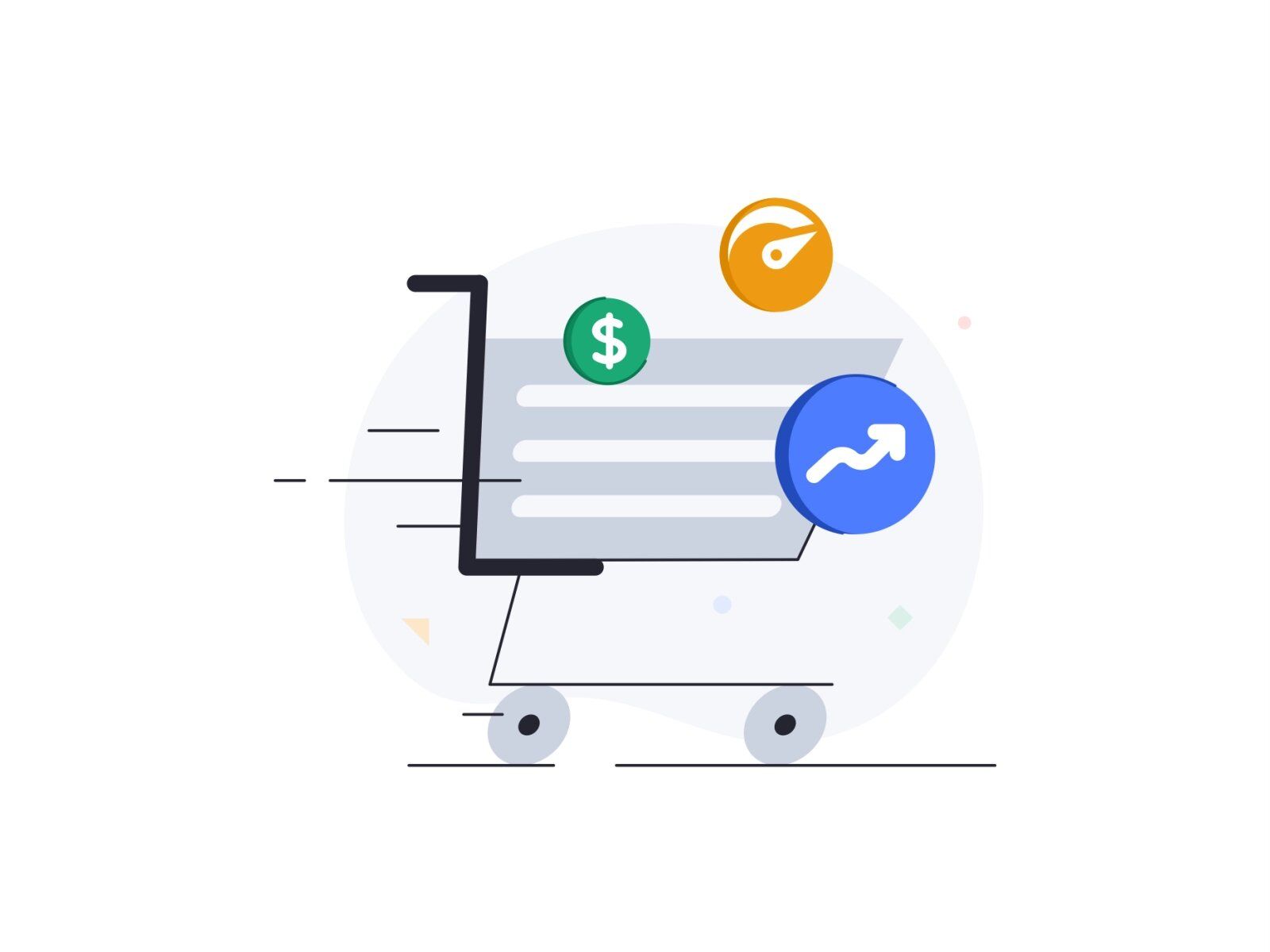
If you outsource mobile app development, you can significantly increase app development cost-effectiveness (image by Aleksandar Savic)
Additionally, you can work with developers from countries where fees and hourly rates would be cheaper — it can be Eastern Europe or some Asian countries. And for lower price you get the same quality: skills of developers there aren’t any worse compared to IT professionals from the USA or Western Europe.
If we go further, you even save on social packages, events, overheads, etc., since you don’t need to hire extra talents. Altogether these ways to save budget explain why outsourcing app development is almost always cheaper than building the same app with an in-house team.
# 2: Wide Talent Pool 🏊
When working with development companies, the choice is almost limitless since you aren’t bound to any location, unlike building an in-house team. Such freedom of choice allows you to find a perfect team with an hourly rate, experience, and a location that seems to be most suitable.
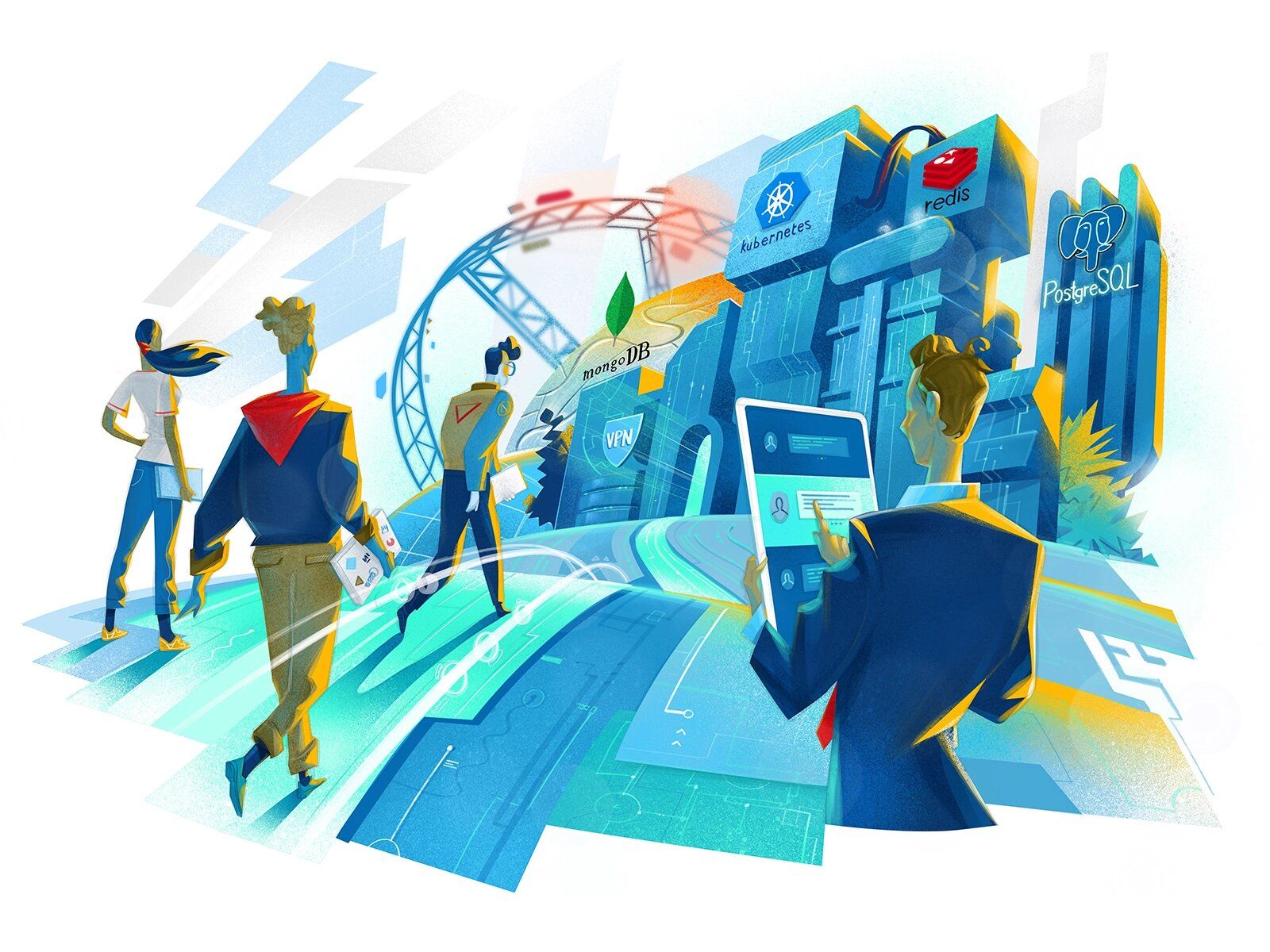
If you outsource app development, you can get access to a much wider choice of developers, compared to building an in-house app development team (image by Hurca!™)
Plus, such teams already have every position needed for the development, which allows you to not worry about looking for additional talents like project managers.
Moreover, you can be much more flexible in terms of who you’re working with. Hiring and then firing in-house developers isn’t enjoyable for either party. With an outsourced team, you can easily switch partners or perform staff rotation if you need to.
# 3: Diverse Expertise 📚
In most cases, outsourcing agencies have extensive experience in several niches. On the one hand, it’s a huge benefit since you can find specialists for your industry specifically. Even though not many companies stick to one or two domains, they normally have more expertise in a certain industry.
Plus, some domains might have industry-specific requirements that outsourced teams often handle better thanks to their extensive experience in many fields.
{ rel="nofollow" target="_blank" .default-md}*)](https://cdn.sanity.io/images/ordgikwe/production/eb72212e396eb8fe0f6d17c1acb856b037e9f6bb-1807x626.jpg?w=1807&h=626&auto=format)
If you decide to outsource app development, you get access to outsourcing companies with a more extensive expertise, compared to in-house software development teams (shots from Stormotion)
On the other hand, outsourced development teams have an extensive portfolio that allows them to have an all-round approach to building digital products:
- They’re experts in multiple frameworks and can recommend what’s the best tech stack for your use case.
- They bring many years of expertise and value that in-house teams aren’t likely to possess unless they’ve been working on diverse projects in several companies before becoming a part of your team.
- They have a broader view of industry tendencies and can also provide you with insights from other domains. It allows them to pay attention to user pain points that aren’t that obvious and make products more user-friendly.
# 4: Shorter Time to Market ⏳
Since outsourcing agencies have an already established development process, they can start working on your project within days after you talk out all the details with them. Their rich experience also helps them to handle tasks faster, compared to in-house teams.
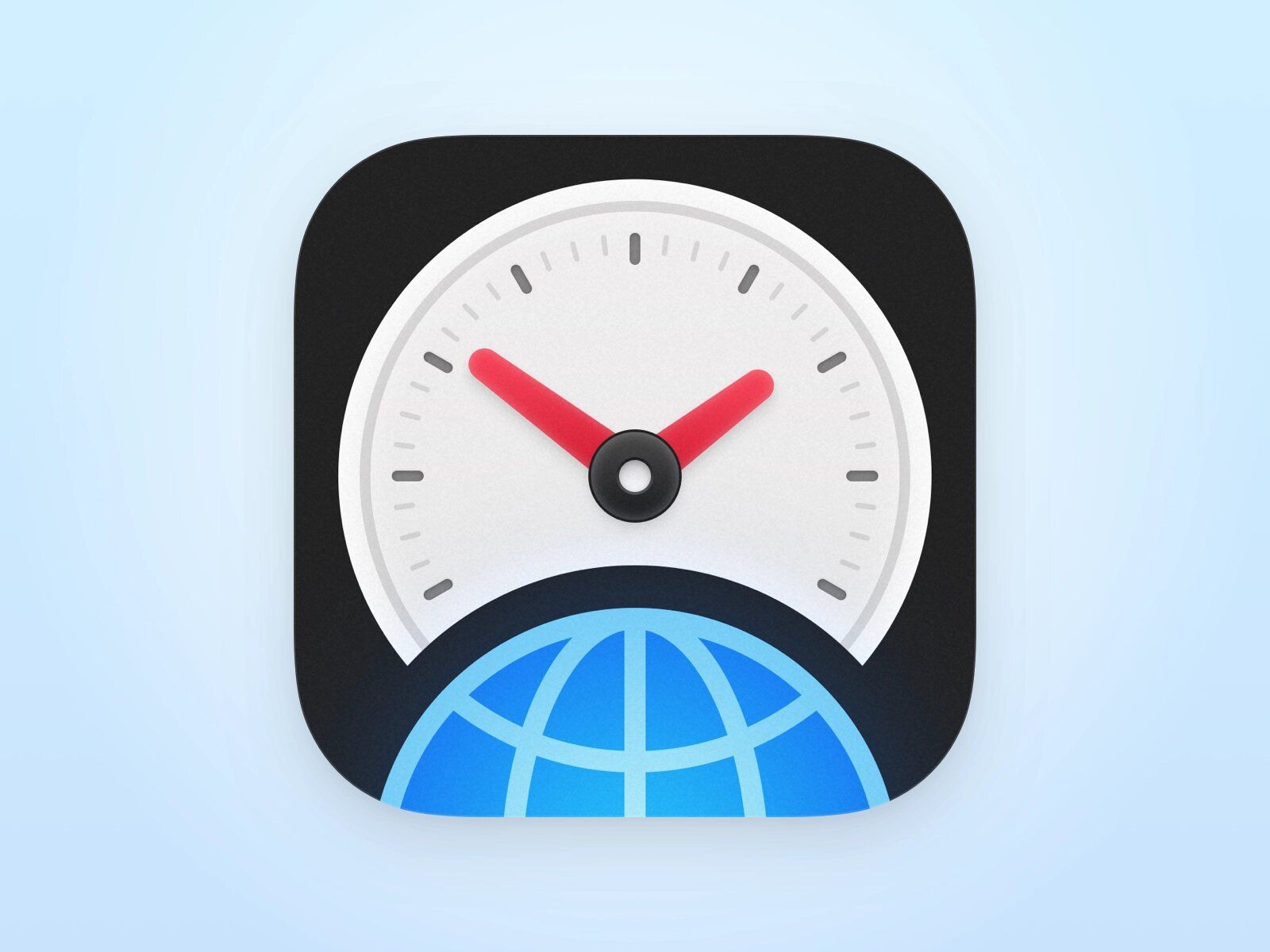
When outsourcing app development, you significantly reduce TTM since you don’t have to spend time on building a team, project management, finding a developer with relevant experience, etc. (image by Matthew Skiles)
Moreover, an app development agency can help you not only with the development and quality assurance stages but also with releasing. The post-release maintenance (such as updating the app to new OS versions, bug fixes, etc.) is a part of most outsourced developers’ expertise as well.
This way, you save time both on development and don’t have to look for someone qualified enough to support the app afterward.
# 5: More Time to Focus on other Business Processes 🎯
In-house development requires much more than skills to actually build the app. You need someone for supervision, reporting, development planning, QA, etc. — and most of these tasks can’t be done by a single employee.

If you decide to work with outsource app developers, you can have more time and money to focus on important business processes in your company (image by Nicole Tan)
When outsourcing them, you don’t need to allocate time and other resources for micromanagement. Development agencies usually have a person (a project manager in most cases) who constantly supervises the whole process, discusses its details with you, reports on its progress, and so on.
📑 Outsource App Development Options
There are several options for outsourcing app development:
- Buying an off-the-shelf solution.
- Hiring a freelancer.
- Partnering with a development agency.
Let’s take a look at each one of them separately.
Ready-to-Use Apps
This option implies that you don’t write the code for your app but simply purchase a pre-built app template and slightly adjust its UI design to meet your brand style as much as possible. However, the functionality isn’t changeable in most cases. This type of digital product is also called a white-label app.
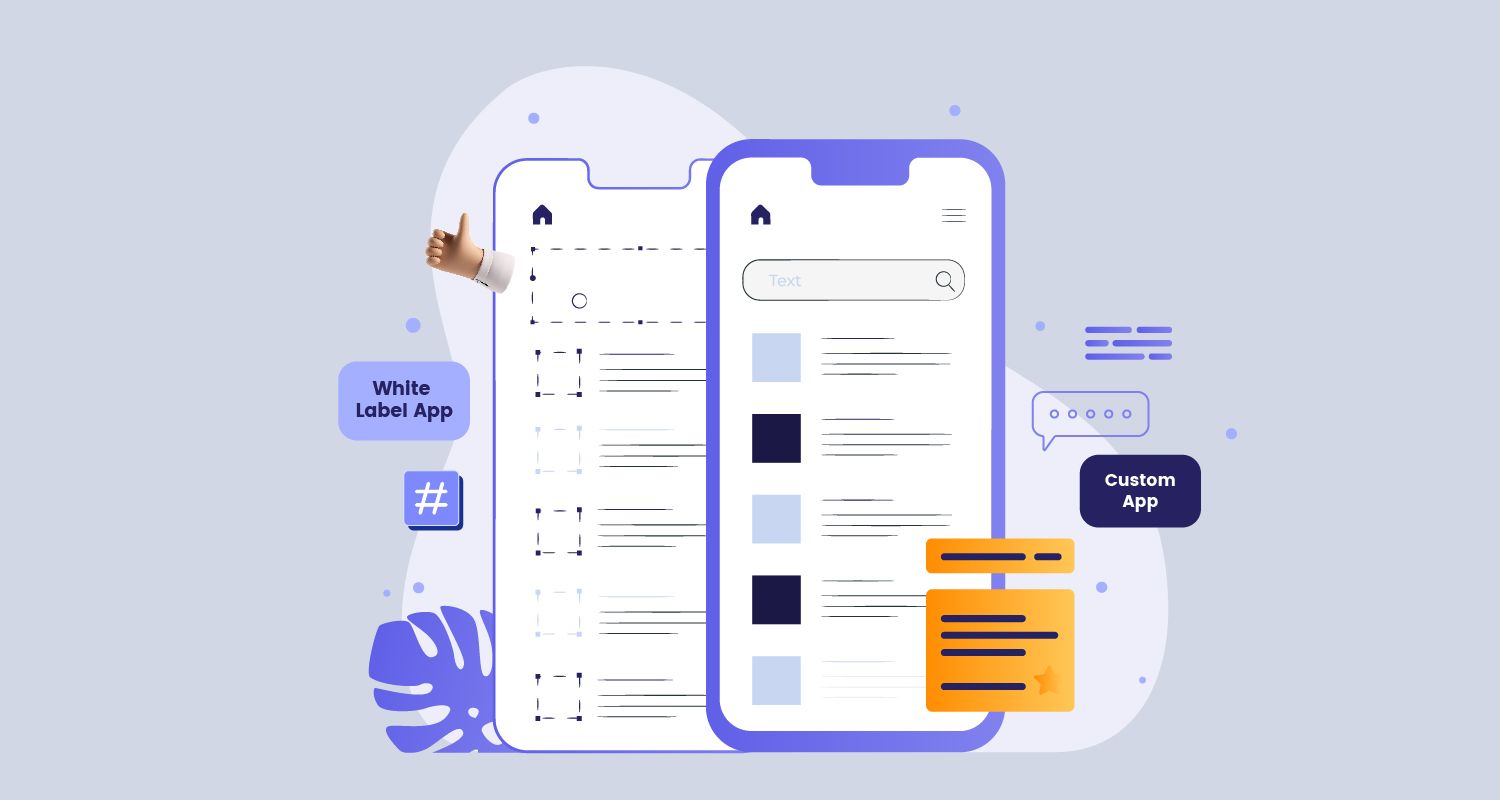
If you’d like to know how much does it cost to outsource application development using ready-to-use mobile app, you should contact the service provider (image by CMARIX)
They can be single- or multi-tenant. Single-tenancy means that you’ll have an isolated database on the server, slightly more customization and modification options since you won’t be bound to other apps. Yet, not all providers offer single-tenant options as they’re more expensive and need more resources to maintain.
Multi-tenant apps provide you with fewer customization opportunities and a shared server. It means that you won’t be able to update or modify your app’s functionality as the code isn’t isolated from other apps.
As for its strong and weak sides, these include:
Pros
- Cheaper compared to the other 2 options
- Relatively short time to market
- Maintenance costs and space on the server are a part of the subscription fee
Cons
- Limited choice of features/too many features that you don’t need
- Shared database for multi-tenancy
- No updates or modifications in response to market changes
These factors might indicate that the ready-to-use options are suitable for you:
- You need an app within 1-2 weeks.
- There’s no need for functionality customization as well as unique design.
- Your budget is really tight.
- You want a Minimum Viable Product to test out the idea before building a custom app.
In fact, we have an article dedicated to building high-quality MVP if you’d like to learn more about it. We talked about the MVP concept and its development cost in detail:

Freelance app developers are a great option for those who don’t have strict time limits (image by Uran Duo)
Working with freelancers has its pros and cons:
Pros
- Cheaper than most agencies
- A really flexible option in terms of working hours and development pace
Cons
- Usually, they have a narrow set of skills and specialization
- No stable partnering terms
- Matching working schedules, communication, and reporting might be an issue with some freelancers
- You might need to look for freelancers to outsource each development stage separately
This outsourcing option might be suitable in case you have plenty of time for app development, have a budget that’s not too tight, yet, don’t have resources to hire an agency. The app also shouldn’t be too complex in terms of tech stack in this case.
Another use case is if you need to perform something not time-consuming or highly specific. For example, fix a certain bug(s), integrate Apple Health API, etc.
Partnering with an Outsource Mobile App Development Company
Another option is to hire an outsourcing development firm as your Tech Partner. This outsourcing option can provide you with the highest quality out of these 3 options within a reasonable time frame if you choose the right partner (we’ll give you advice on this as well in the next section).
As for the advantages and disadvantages of working with an app development agency, here they are:
Pros
- Their team can perform each part of the development
- High-quality products with 100% customization
- Working contracts cover all cooperating aspects like fees, the scope of work, terms of contract termination, etc.
- Normally, agencies have the most extensive experience out of the 3 options
- An already established development cycle
Cons
- The priciest option
- Less flexible in terms of working hours compared to freelancers
- Takes longer to build compared to ready-to-use apps
This option might be the most suitable for you if you:
- prioritize quality over speed;
- have enough budget to cover agency fees;
- have 1-4 months to build an app (depending on the scope of work and tech complexity);
- want to have a formalized partnership;
- are planning to build a technologically advanced app or require niche specialists (for AR/VR, machine learning, etc.).
How to Choose the Right Option?
In case those factors and use cases we’ve listed in each subsection didn’t help you identify what’s the most suitable option for you, we’ve created this quiz that will help you decide:
Follow the Link to Take the Test! 🚀
Surely, the results aren’t absolute and you can go for any option you want. They only match you with the option that’s most suitable for you based on your answers. If you’d like a more detailed explanation, you can share the details of your use case with us!
📋 Step-by-Step Guide on Outsourcing Mobile App Development
So, if you’re planning on outsourcing an app with the help of freelancers or development agencies, these are the steps you should take:
- Think your idea out and specify requirements for the app.
- Search for the perfect partner.
- Interview them and make the final choice.
- Draw up a plan of development and define the milestones.
- Sign a contract and an NDA.
- Build and test the app.
- Release it!
So as to be aware of potential pitfalls, you can check out our article on 8 critical mistakes when outsourcing your app development:
When using template apps, it doesn’t require a lot of effort. You can simply contact the providers you want to work with and discuss everything with them.
Now, let’s take a look at each step closer.
Step # 1: Think your App Idea Inside and Out 💭
An important note: you can partner with developers at any stage of the development — from development from scratch to post-release support.
The first thing you should do is take some time and thoroughly think out your idea. It’s surely not possible to know every single detail but try to reflect upon as many details as you can. Here are some questions that might help you with it:
- What is the value of your app? What problem does it solve?
- Who are your target users?
- Do you want to write the code anew or expand an existing solution?
- Do you plan to build a native iOS or Android app? Or maybe you want to go cross-platform?
- What are the essential features of your app? Which ones aren’t so important and can be added later? Do you need any third-party integrations?
- Which monetization method are you going to implement?
- What's your pre-and post-release marketing plan?
- What will be the KPIs of your idea?
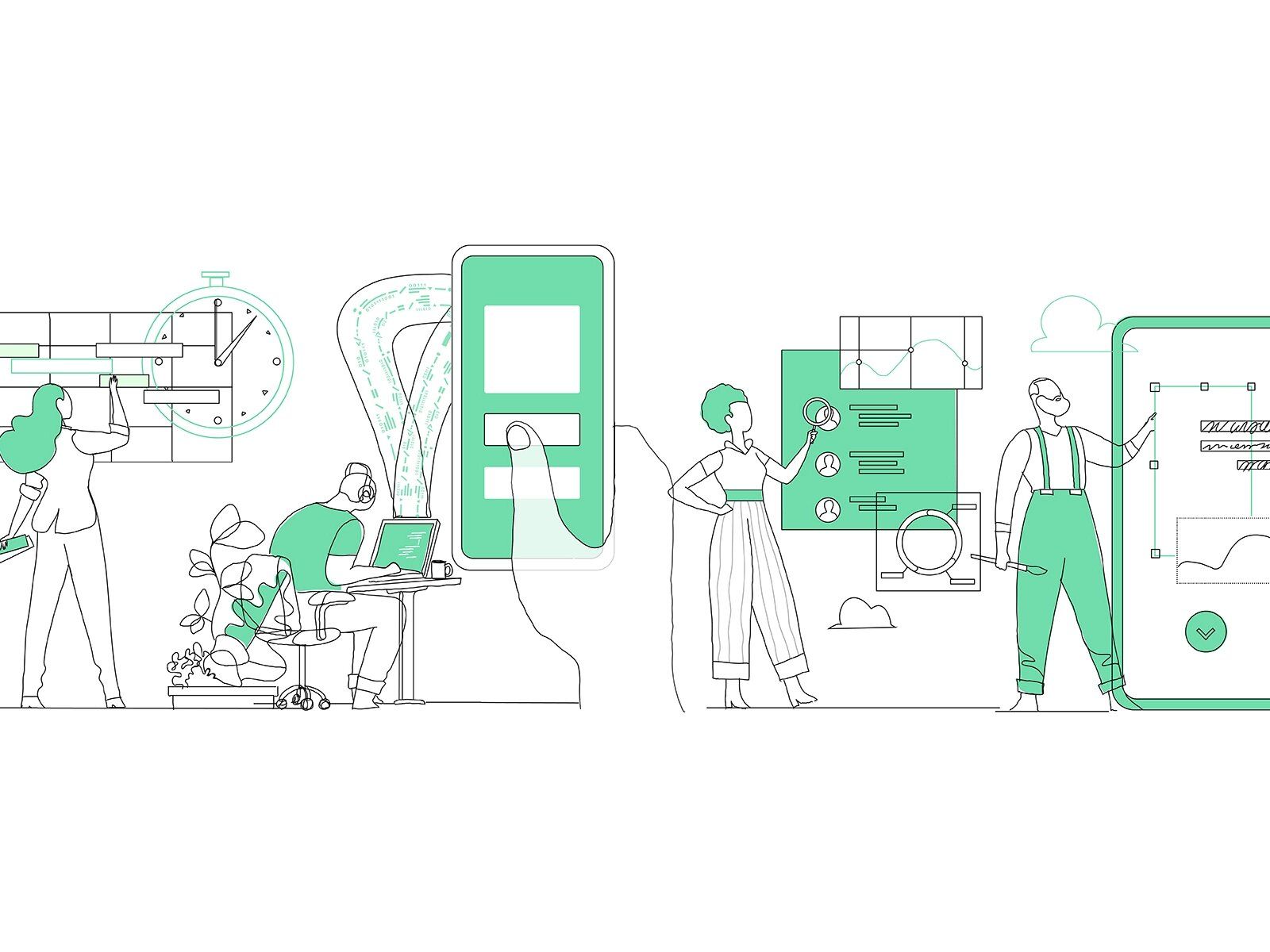
Before contacting an app development company, you ideally should think out your idea (image by Hurca!™)
If you have an in-house designer or are ready to allocate some budget for the following task’s outsourcing, you can create a layout of your app that shows potential features, content prioritization, main objects, and page elements beforehand.
This substantial preparation stage will allow you to deeper understand your own idea, its potential, and then explain it to your developers, which will contribute to a better outcome.
Step # 2: Search for the Perfect Partner 🔎
We’ve already talked about what outsourcing options there are on the market. So, once you make up your mind, you should start looking for candidates. There are several ways for you to perform the search:
# 1: Google Search
You can simply type something like “build a [hotel/restaurant/navigation/chatting/put your word] app” and Google will form you a list of web pages that are relevant to your search. These pages usually lead directly to developers’ websites.
# 2: Social Networks
It’s also possible to find a partner using your accounts on Facebook, Linkedin, or any other social media. This way is pretty easy if you have relatively many followers or can encourage people to repost and share your post/story.
# 3: Checklists
It’s also possible to select a team from lists of mobile app development companies (like Clutch). There, you will find a short description of each agency with its hourly rate, specialization, location, and other info.
Yet, this way is only relevant if you want to work with an agency.
# 4: References
If your friends/acquaintances/friendly competitors have already outsourced app development and were satisfied with the result, you can ask them about their partner. If you get on well, they’re likely to help you contact the partner.
Step # 3: Interview them to Make your Final Decision ✅
So as to make sure that your potential partner(s) is a true professional before signing the contract, we’d recommend spending some time on a substantial interview where you’ll get to know them. You can do it in several ways:
- email correspondence (оften a prolonged, not very convenient but formal way of interviewing);
- instant messengers like Viber, Facebook Messenger, Twitter, Google Hangouts, and others (more informal and faster way to ask questions and get answers);
- video conferencing using platforms like Skype, Google Meets and others (allows you to discover more nuances compared to the correspondence);
- arrange a personal meeting (in case they’re not too far away).

To hire a suitable developer or company for your project, it’s important to have a thorough interview with them (image by HoangPts)
Regardless of which way you will choose, there are a few tips that will help you to find out whether this exact candidate is suitable for you or not:
- Make sure there is mutual understanding between you and the developers. Despite it sounds like a very simple and obvious tip, understanding should be a footing of your cooperation.
- Ask about their domain expertise in iOS app development outsourcing (or Android one). It’s always better if the agency has worked on similar projects before.
- Examine their portfolio. This will allow you to personally verify the quality of their work.
- Take a look at testimonials from prior clients. While a portfolio can tell you more about developers’ technical professionalism, feedback provides you with information regarding their communication skills, engagement, punctuality.
If everything goes well, by the end of this stage you will already have an outsourcing mobile app development team or freelancers by your side. That means it’s time to get back to your app.
If you’d like to learn more about choosing a development agency, we have an article dedicated to this topic:
Step # 4: Draw Up a Project Plan ✍️
One of the first things you should do together with the selected agency/freelancer is to make a roadmap of your app development along with the milestones. Milestones are something like short-term goals. By breaking the development process into such parts, you can easily track the development and define the progress pace.

It’s also important to make a development and business plan for your project together with your developer or outsourcing company (image by Alejandro Vizio)
Most likely, there will be a deviation from the initial plan, and it’s totally fine. Sometimes, it’s necessary to sacrifice some time for the sake of quality. Once you’ve agreed on the terms of your mobile app development, it’s time to move on to signing the contract.
Step # 5: Sign the Contract 🤝
When it comes to signing the contract, you need to choose its type first. In mobile app development, the two most popular and reliable ones are Fixed Price or Time and Materials contracts.
The first one implies that you pay a fixed fee for developers’ work, and that’s all there is. Yet, in the mobile development industry, it’s pretty complicated to determine the exact time needed to build a project. So, most companies opt for time and materials contracts. As the name says, you get charged for the amount of time and/or materials required to complete the project.
You don’t necessarily have to pay the whole estimated fee at the end of the project. It’s also possible to pay for milestones or once a month. All in all, you can decide on the payment with your agency/freelancer.
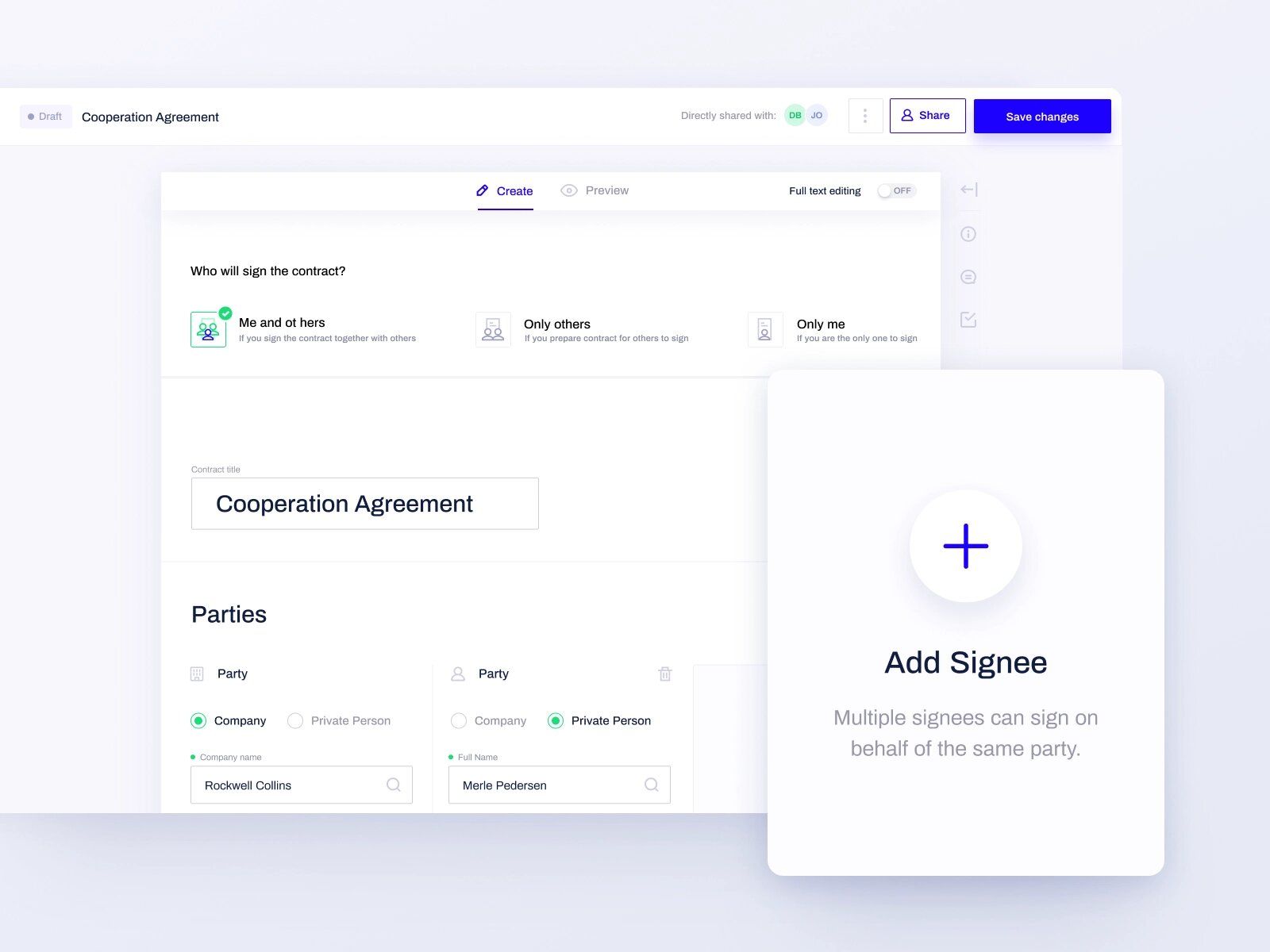
Another important step is signing the contract (image by Monika Majkowska)
Projects focused on kiosk app development often benefit from time-and-materials contracts, as custom kiosks require tailored interfaces and hardware integration.
If you’d like to, you can additionally sign a non-disclosure agreement that can protect your intellectual property rights. It prevents the company or developers from reusing the code, design, and other elements of your app without permission. However, there is no obligation for you to sign an NDA, so the decision is fully up to you.
In fact, we’ve written the article where we talk about whether you should sign an NDA with developers if you’re not sure what decision to make: \
Plus, we’ll link an NDA template that we created here if you’d like to take a look at what such an agreement with developers can be like.
Step # 6: Develop the App 💻
Right after you sign the contract, an intensive coding part begins. As a client, you don’t need to do much during this stage. Yet, what you should do is take care of the supervision. We’d recommend not trying to micromanage the process since it will take too much time, prolong the development, and distract the team.
The best way to supervise is to ask your partners to provide weekly/monthly reports or to do so right after to reach a certain milestone. Plus, you can ask them questions anytime you want via email/chats/calls.
For example, we at Stormotion keep our clients always up to date with reports and constant communication during the sprint. As a basic set, we provide reports at the start, in the middle, and at the end of each sprint.

The next step is building the app (image by Taras Migulko)
It’s also important to remember that coding is directly connected to fixing bugs. So, don’t worry if your partner will spend 30% of the time on quality assurance and fixing code imperfections. Plus, they’ll need to make sure that it works smoothly with different OS versions, screens, and user behavior scenarios.
Step # 7: Release the App 🚀
Experienced outsourcing mobile app development agencies are usually not limited only to the development. If you’re not sure what the right way to publish your app on Play Market or App Store is, your partners will most likely help you figure this out.

The next step is app release! (image by catalyst)
If you’d like to maintain your app post-release (fix new bugs, make sure the app is compatible with new OS versions, release updates, add new features, etc.), you can continue your cooperation with this team/freelancer. Moreover, it’s a preferable solution since they already know your app perfectly.
💡 Takeaways
Even though outsourcing your app development is much easier, cheaper, and faster compared to building an in-house house team, it still requires effort.
Let’s briefly summarize the key points of this article:
- With the right approach, outsourcing can significantly reduce development cost, give you access to specialists with diverse expertise, shorten the TTM, and allow you to focus on more important tasks.
- There are 3 main outsourcing options: white-label apps, hiring a freelancer, or a development agency.
- Fundamentally, there are 7 steps to app development outsourcing: planning, searching, interviewing, building a roadmap, signing a contract, development, and release.
If you’re looking for reliable and experienced outsourcing partners or have any questions, feel free to drop us a line. We’d be happy to help you!
Our clients say
![Stormotion client Pietro Saccomani, Founder from [object Object]](/static/40e913b6c17071a400d1a1c693a17319/b0e74/pietro.png)
They make the whole business work for us, and their improvements are fundamental to our operations. They’re reliable, honest, and willing to try new things that will help us. We appreciate how flexible and easygoing they are.
Pietro Saccomani, Founder
MobiLoud
Was it helpful?
Read also


![To find an app developer or an outsourcing company, you can simply look for them via Google *[ ](){ rel="nofollow" target="_blank" .default-md}*](https://cdn.sanity.io/images/ordgikwe/production/9e974901d09182debd4f170ad6ea62b5f02fb7fe-700x451.jpg?w=700&h=451&auto=format)
![Social Media search is a great way to look for a team of developers for your project *[](){ rel="nofollow" target="_blank" .default-md}*](https://cdn.sanity.io/images/ordgikwe/production/f35f041f1d31eede260800bc49f783a5fdc465e7-700x508.jpg?w=700&h=508&auto=format)
![To find a suitable developer, team, company for your business project, you can use checklists with reviews and feedback * [](){ rel="nofollow" target="_blank" .default-md}*](https://cdn.sanity.io/images/ordgikwe/production/c03be1f39e84d27149bc1daec114d85c190c8ee3-700x496.jpg?w=700&h=496&auto=format)


